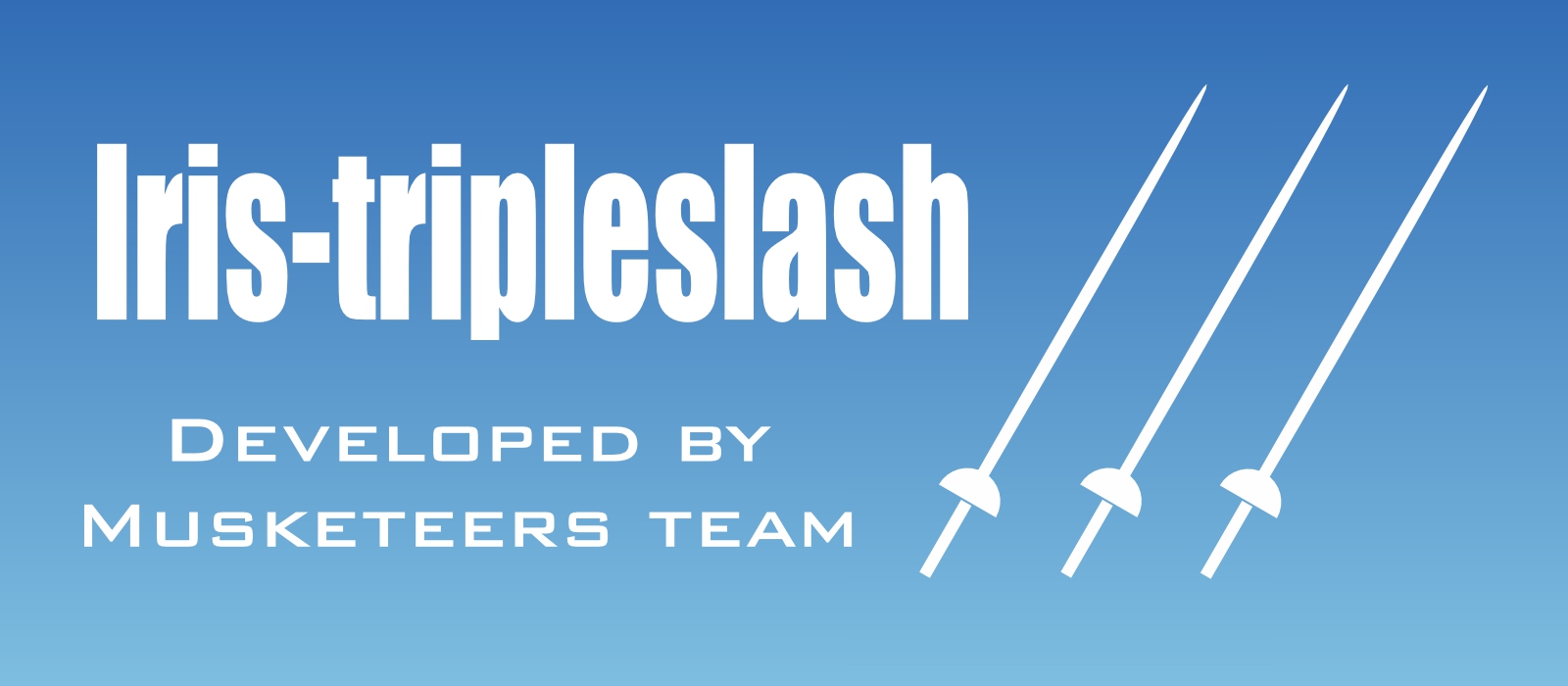Visual Studio Code releases new updates every month with new features and bug fixes, and the November 2024 release is now available.
InterSystems Developer Community is a community of
25,161 amazing developers
We're a place where InterSystems IRIS programmers learn and share, stay up-to-date, grow together and have fun!

.png)
.jpg)
.png)

.png)

.png)
